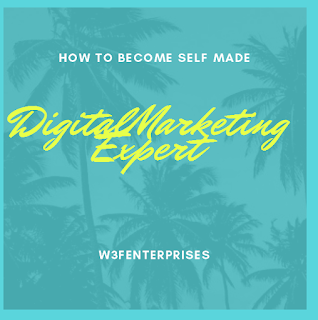Ask a researcher: How ‘normal people’ are taking over the product review
We know the
ability to read reviews before making a decision is incredibly
empowering. From what to order at a restaurant to which is the best
washing machine for a small apartment, the consumer review is a critical
source for shoppers evaluating purchase decisions. And that’s showing
no signs of slowing down.
We’ve seen that searches for the “best” product and product “reviews” continue to rise. But we’re seeing an evolution in the type of review people find valuable and the vast number of topics they are seeking advice on. People are looking to others just like them to virtually try before they buy.
To better understand how and why people are tapping into others, I sat down with Google’s Head of Ads Research and Insights Sara Kleinberg to discuss what her team has been finding in Google data and hearing from consumers.
Take travel, for instance. Before spending on a vacation, people want to understand the real deal. They want to see everything from how other families have fit in the hotel room to the amenities and local attractions, and even if their kids looked like they were having fun. Luckily for them, people upload “review” videos of their hotel rooms, of the locations, of things to do. People see videos of other kids having fun at the pool and it becomes real for them. It also shows people what things will be like through the eyes of someone like them—rather than polished website pictures. The 600% increase in the time people spend watching these types of travel videos on YouTube shows that exploring other’s experiences is now a meaningful part of decision making.1
We’ve seen that searches for the “best” product and product “reviews” continue to rise. But we’re seeing an evolution in the type of review people find valuable and the vast number of topics they are seeking advice on. People are looking to others just like them to virtually try before they buy.
To better understand how and why people are tapping into others, I sat down with Google’s Head of Ads Research and Insights Sara Kleinberg to discuss what her team has been finding in Google data and hearing from consumers.
So what are you seeing that’s new?
Sara Kleinberg: People want to know what they’re getting into before they make purchase decisions, but that’s not new. What’s new, that we learned from looking at YouTube videos people watch, is that they are both seeking out—and watching—other people's personal experiences to help them decide what’s right for them. It’s much more than just a product review.Take travel, for instance. Before spending on a vacation, people want to understand the real deal. They want to see everything from how other families have fit in the hotel room to the amenities and local attractions, and even if their kids looked like they were having fun. Luckily for them, people upload “review” videos of their hotel rooms, of the locations, of things to do. People see videos of other kids having fun at the pool and it becomes real for them. It also shows people what things will be like through the eyes of someone like them—rather than polished website pictures. The 600% increase in the time people spend watching these types of travel videos on YouTube shows that exploring other’s experiences is now a meaningful part of decision making.1

What’s the appeal of this sort of video?
Today’s consumer is research obsessed. Doing crazy amounts of research makes people feel more comfortable in their decisions. Getting an honest opinion from other Average Joes out there, who are just like them, and who have been through the same decision provides a sense of security.Here’s the element of credibility: People want to see people they can relate to talking honestly about a product, both the good and the bad. It feels more trustworthy and lets them know what they’re getting into.
You get to see real-life use cases that are rarely included in marketing material. As an example, one person told us he was interested in “How is this drone going to work when flying in wind?” as well as tips and tricks for how to use it.
People also told us that other people’s videos are easier to understand than professional reviews. It’s straightforward, conversational language. No specifications. Just the basics. “Talk to me like you know me,” one person told us.
My mind goes straight to consumer electronics in these discussions. What are some of the other categories where you’re seeing this behavior?
We see people are searching for advice on a vast number of topics. I already mentioned travel. Cars are another area.People are filming their first day with their new vehicle— a whole genre of “First Ride” videos—sharing how the seats feel, what the gas mileage is. These bring a new perspective. “I never saw it that way,” explained one person.
Cosmetics is another one. For instance, “First Impression” videos are showing people's experience with a makeup product the first time they use it. Before spending money, people want to see the best way to use a product and how it fits into their day-to-day regimen.
So does this apply only to shopping?
No. It’s about experiences, too. One woman told us that watching videos of someone canning fruits and vegetables gave her the confidence she needed to start a new hobby. “It made me feel at ease and that I was making good decisions instead of just doing this alone,” she told us.We’re also seeing tremendous growth in “What I eat videos.” People can see what a fitness enthusiast is eating or what a vegan orders in a restaurant.
Basically, seeing other people do something in a similar situation is inspiring. It feels personal and instills confidence.
Any takeaways for marketers?
Yes. If you’re making videos, do a gut check to make sure you’re using everyday language and everyday people. People want to see something they can relate to. Also, show what your product is really like. Show it in real-world conditions.For social, brands have realized that they shouldn’t make things too polished or too produced. The same applies here.
Source: https://www.thinkwithgoogle.comhttps://www.thinkwithgoogle.com



Comments
Post a Comment